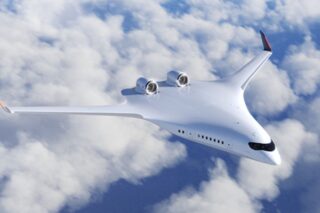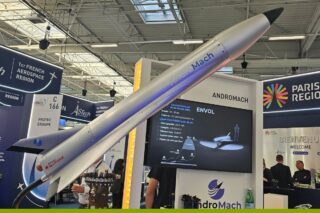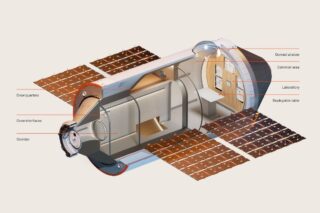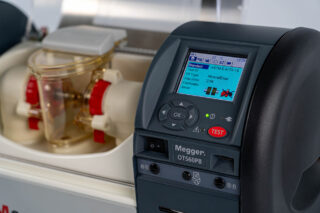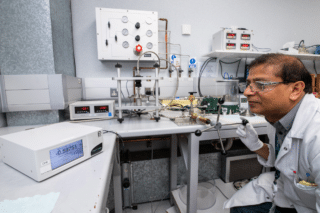A laser engraving machine is a device that uses a focused beam of light, or laser, to etch designs, text, or images onto the surface of various materials. Since it is not always easy to choose the right equipment in front of a multitude of manufacturers, we have produced this buying guide with tips and recommendations to help you make the right purchasing decision.
The process of laser engraving involves the laser removing a portion of the material to create precise and detailed marks. Laser engraving machines can work with a wide range of materials, including wood, metal, acrylic, glass, leather, and fabric, depending on the type of laser used. These machines are commonly used in manufacturing, arts and crafts, personalization of products, and industrial applications, providing high precision, efficiency, and the ability to reproduce intricate designs with consistent quality.
Choosing the right laser engraving machine is essential for achieving precise and high-quality results. Whether you’re a hobbyist, entrepreneur, or professional, here are some key factors to consider when selecting your laser engraver:
Types of Laser
Laser engraving technology offers various types to suit different needs. CO2 lasers are popular and versatile, working exceptionally well with non-metallic materials such as wood, acrylic, and leather. They provide flexibility in adjusting power and speed settings, allowing for varying engraving depths.
Fiber lasers, on the other hand, are ideal for engraving metals like stainless steel and brass due to their high precision. They are also capable of handling some non-metallic materials.
Diode lasers are budget-friendly and particularly suitable for delicate materials like paper and fabric.
Materials
When considering laser engravers, it’s important to match the laser type with the materials you plan to work with. CO2 lasers excel with non-metallic objects, while fiber lasers are perfect for etching metal.
The shape of the objects you plan to engrave also matters. For flat objects, any standard laser engraver will suffice, but for cylindrical items such as cups or pens, an engraver with a rotary axis attachment is necessary.
Precision
Scalability and precision are critical factors in laser engraving. Using vector files, like SVG or AI formats, allows for infinite scaling without any loss of quality, which is crucial for intricate designs.
Maintenance
Maintenance and ease of use are also key considerations. CO2 lasers require routine maintenance to keep the optics clear, while CNC laser engravers offer automation but may need technical expertise. Assess the user-friendliness and available support for the equipment you choose.
- WHY CHOOSE A LASER ENGRAVING MACHINE?
- HOW TO CHOOSE A LASER ENGRAVING MACHINE
- WHAT TYPE OF LASER SOURCE SHOULD I CHOOSE?
- WHAT MATERIALS ARE SUITABLE FOR LASER ENGRAVING?
- WHAT LASER POWER DO I NEED?
- WHAT CAN A LASER ENGRAVING MACHINE BE USED FOR?
- WHAT OTHER SPECIFICATIONS NEED TO BE TAKEN INTO ACCOUNT?
![[BUYING GUIDE] How to Choose the Right Laser Engraving Machine?](/wp-content/uploads/sites/3/Featured-3-49-1000x625.png)




